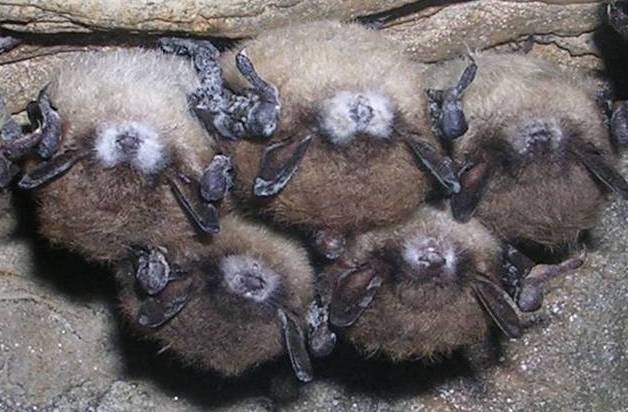By Shen Gao
Staff Writer

Recently, the structure of the Zika virus was mapped out for the first time. The virus looks bumpy and golf ball-shaped in the generated image.
This discovery, published in Science, marks the first time scientists were able to take a closer look at the virus, which proves to possess a similar structure to the West Nile viruses.
Michael Rossmann, the study coauthor who is known for mapping out the structure of the common cold in 1985, believes that this new discovery gives “great hope that we will be able to find a vaccine or antiviral compounds.”
The team of scientists from Purdue University used a strain of Zika very similar to the one currently spreading through Latin America. They imaged this strain using cryoelectron microscopy and produced the clear, three-dimensional structure of the virus.
It is apparent that there are sugars protruding from the surface of the Zika virus. These small knobs are believed to help Zika attach to human cells. Interestingly, these knobs look slightly different from Zika’s related viruses. The study’s coauthor, Devika Sirohi, says that Zika’s sugar proteins fold differently, which may allow it to make different kinds of contacts to other cells’ attachment sites.
So far, whether the unique structural difference in Zika plays a role in its infection ability is “only speculation,” according to Sirohi. The researchers’ next steps include testing the sugar proteins and changing their shapes to see if the virus’s deadliness will be affected.



















